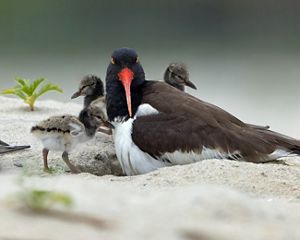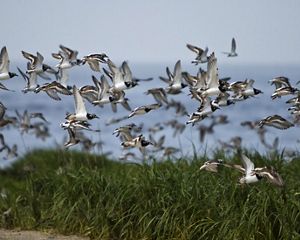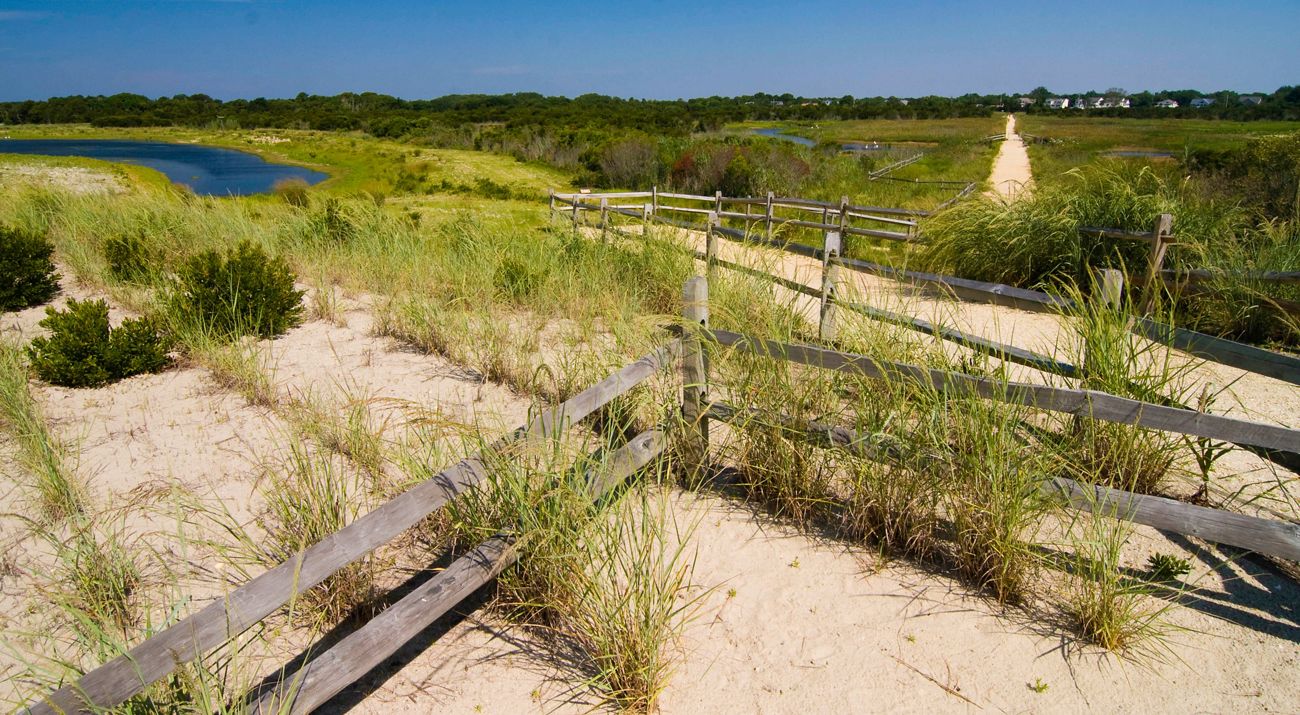
Each fall, migrating songbirds, hawks, monarchs and more funnel into southern New Jersey’s peninsula in great numbers. Here's a sampling of who to look for at our South Cape May Meadows and Garrett Family Preserve right now.
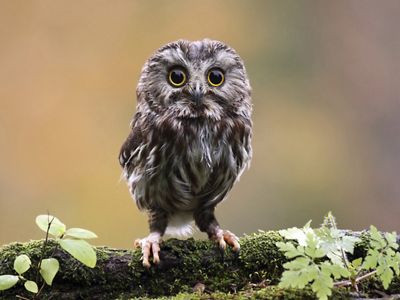
Banding studies conducted in Cape May Point have documented the importance of the Atlantic coast as a fall migration route for raptors. Migrating raptors usually fly over broad fronts but can become concentrated by landforms, like the peninsula that creates the southern tip of New Jersey. Passing raptors hesitate to cross the Delaware Bay, slowing their progress, and resulting in large concentrations of raptors in the Cape May area.
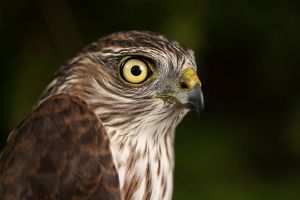
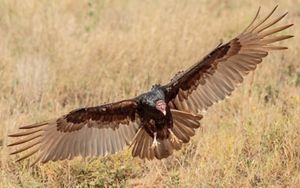
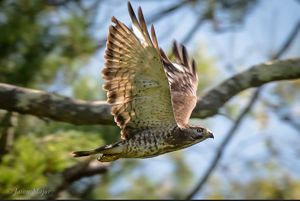
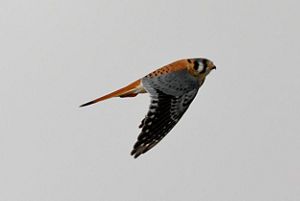
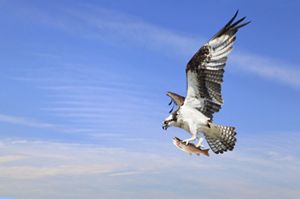
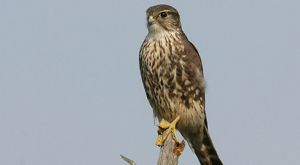
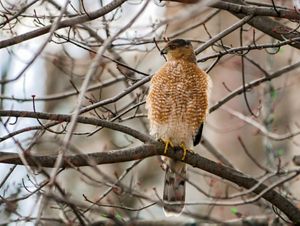
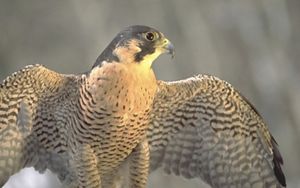
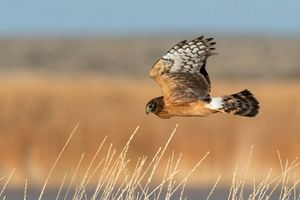
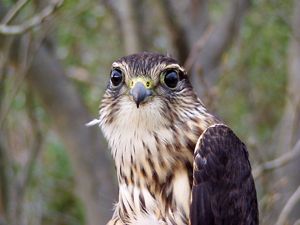

Sharp-shinned Hawk: Sharp-shinned hawks are the smallest hawks in the United States and Canada. © Karine Aigner

Turkey Vulture: Often confused with other soaring raptors, the opportunistic Turkey Vulture can be identified by a long glide with very few wingbeats. © Andy Morffew

Broad-winged Hawk: The broad-winged hawk is one of the first migrants to leave their breeding grounds in late summer to early fall. © Jason Major

American Kestrel Flying: American Kestrel in flight © Ed Dunens

Osprey: When carrying their prey back to the nest, osprey will arrange the fish so that it is facing upright, head forward. © Shutterstock: Steve Bower

Merlin: September is peak migration time for merlin. © Chris Davidson

Christmas Cooper's Hawk: Cooper’s Hawks are now fairly common urban birds. © Todd Bannor/TNC Photo Contest 2019

Peregrine Falcon: During late September peregrine numbers peak. © Janet Haas

Northern Harrier: Northern Harriers forage on the wing, coursing low over the ground and wetlands. © Shutterstock

Merlin: Merlins were once known as pigeon hawks because their flight resembles that of pigeons. © TNC

Stay connected for the latest news from nature.
Get global conservation stories, news and local opportunities near you. Check out a sample Nature News email.
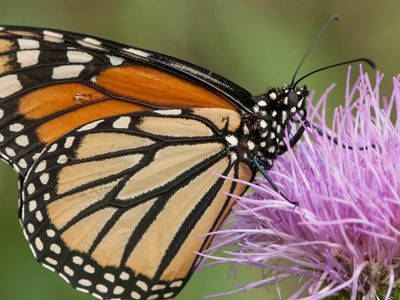
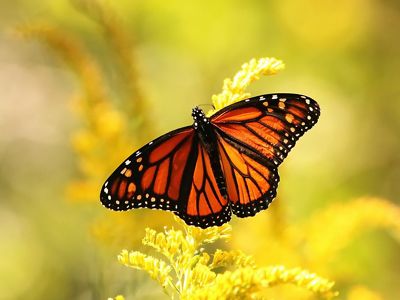
On their journey south to Mexico, monarch butterflies stop in Cape May County for a few weeks, numbering in the tens of thousands! Migration runs from September to October, peaking in the last weeks of September. The Garrett Family Preserve is a great place to spot monarch butterflies, as the preserve fills with goldenrod come late August. This nectar-bearing perennial is a vital food source for monarchs during their migration. Learm more about the monarchs' incredible migration by watching our Marvelous Monarchs webinar.
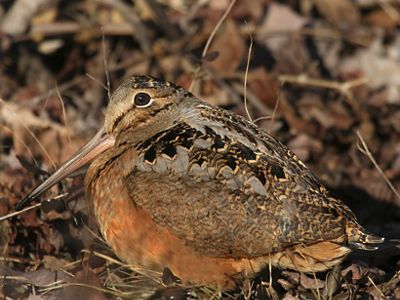
American woodcock feed heavily on earthworms to build up their body-fat reserves before crossing the Delaware Bay and continuing south.
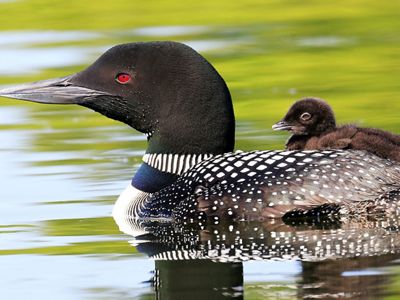
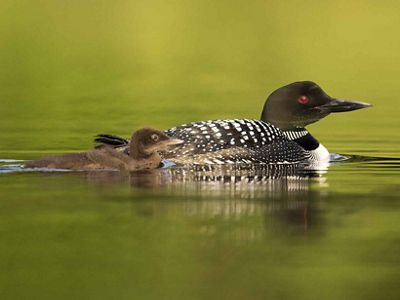
Common loons leave the northern lakes that serve as their summer breeding grounds and head down the Atlantic coast. They eat fish and are agile swimmers, but they are also speedy in the air—they’ve been clocked flying at more than 70 mph!
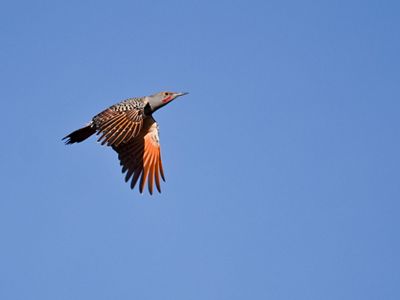
Each fall, Northern flickers travel south from Alaska and Canada. Unlike other woodpeckers, northern flickers prefer to dig for—and eat—ants from the ground.
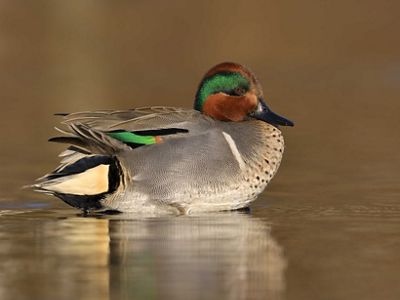
Green-winged teal will “dabble” with other duck species, but can be differentiated by their small, compact bodies that float high out of the water.


Yellow-rumped warblers love the shrubby habitats of New Jersey’s coast like those found in Cape May.
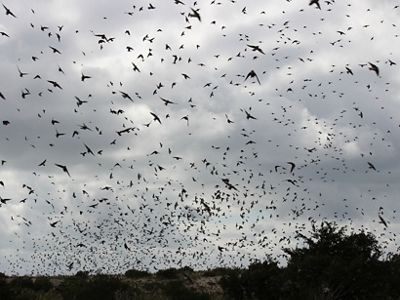
Tree swallows are very social birds and during migration form enormous flocks numbering in the hundreds of thousands of birds, which have been known to darken the skies of Cape May in the Fall. They supplement their insect diet with berries and can be seen landing by the masses on bayberry trees at our South Cape May Meadows Preserve. They will usually land and begin flying again in unison, causing massive clouds of birds!
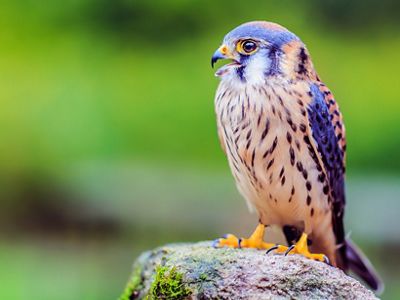
American kestrels will migrate south from Canada, but some take up year-round residence in the lower 48 states. They can frequently be spotted along mountain ridges, on telephone poles and scouting for prey (predominately large flying insects) from high in treetops.
Visit Our Cape May Preserves This Fall
Cape May is a fall migration hot spot, and our South Cape May Meadows and Garrett Family Preserves are located in the heart of the migration action, making them havens for migrating songbirds, raptors, pollinators and more!
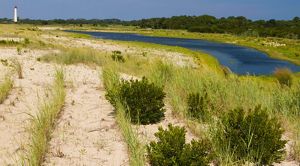

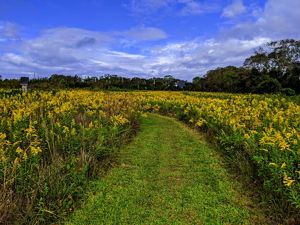
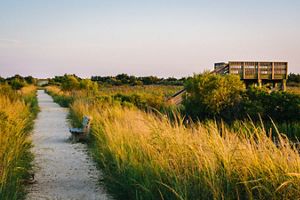


South Cape May Meadows: Situated at the southwest tip of the Cape May Peninsula, New Jersey. © Erika Nortemann

Garrett Family Preserve Trails: The Garrett Family Preserve offers seven nature trails that bring you through wildflower fields, successional fields and taller tree lines. © TNC

Autumn Goldenrod Bloom: From late August to October, the trails at the Garrett Family Preserve come to life with thousands of goldenrod blooms, a perennial vital for monarch butterfly migration. © Lily Mullock/TNC

South Cape May Meadows: The observation platform on the east trail provides elevated views of the preserve's freshwater ponds. © Shutterstock

Wooden Arches : On the perimeter trail, several wooden arches have become covered in vines, causing them to provide natural shade along the trail. © Lily Mullock
This area is such a legendary and productive hotspot that you can find doorstop-sized books written about birds and birding on this tiny peninsula.
Fall migration is a must-see in Cape May, expect to see a wide variety of migrants from September through November.
- Plan a visit to the South Cape May Meadows and Garrett Family Preserves
- Discover more birding hot spots to add to your bucket list
- Check out recent bird sightings and report your own
- Sign up for E-news to get exclusive invites to events and volunteer opportunities at the Meadows.
Support Our Work in New Jersey
Help us protect these lands and waters so that generations to come of people and wildlife can enjoy them and benefit from the clean water, air and habitats.
